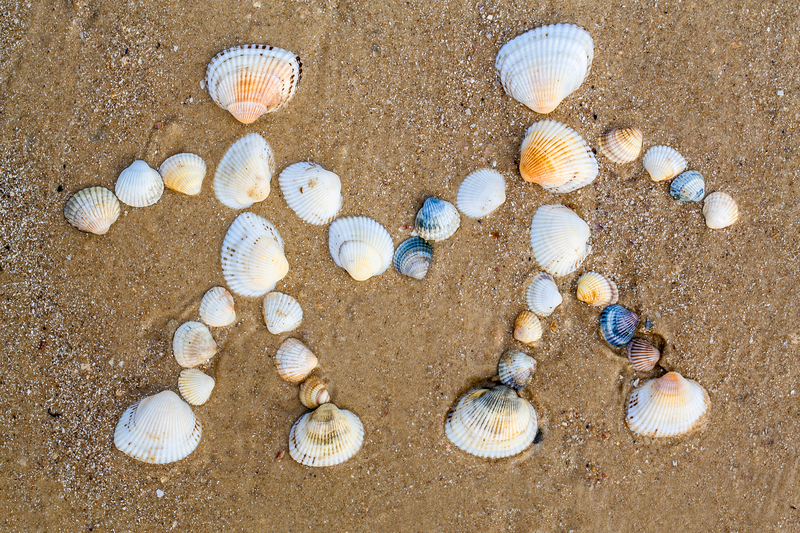Beachcombing our shores for the perfect treasure

Budd Titlow cradles the tiny multi-colored seashells in his hands, the grains of sand falling through his fingers and taking him back in time, to a little boy on a beach with his bucket and his dad.
That little boy, now 66, grew up to become a biologist, seashell expert, author of “Seashells: Jewels from the Ocean” and acclaimed nature photographer.
Those long early-morning walks in the sand, searching for seashells and talking about nothing and everything on Virginia’s Sandbridge Beach, is a timeless story of nature and family.
“This is a great activity for families, and one you can do with kids at an early age. My daughters are now in their 30s and we started collecting seashells together when they were very young,” Titlow said.
Fall is an ideal time to gather shells with the family, after the summer crowds and tourists have left. Get there at low tide, right after a storm if you can, and the closer to dawn the better but don’t worry if it’s later in the day.
With just a bucket and some time, you can find so much.
“It’s like a treasure hunt. You never know what you’re going to find. Each tide is like a new work of art on the beach, and it’s always a changing canvas,” said Titlow, now a resident of Florida.
Titlow’s recommendations:
- The tidepools along the rocky coastline of Acadia National Park in Maine.
- The Monomoy Island National Wildlife Refuge on Cape Cod in Massachusetts.
- North Point Beach on Ocracoke Island in North Carolina.
- All beaches on Sanibel and Captiva Islands in Florida.
- Pt. Lobos State Reserve three miles south of Carmel, California.
“Some beaches are a lot better than others but all beaches have seashells. All you need is a bucket and a strong back,” Titlow said. “They even have a name for how you do it – it’s called the ‘Sanibel Stoop.’ When you see people out after a storm, they are always bent over in a certain posture required to pick up the shells.”
For novice and expert alike, Titlow said no two walks on the beach are the same.
“It’s mindboggling what you’ll see – one of my favorites is the coquina, little jewel-like seashells that are very tiny, not even the size of a fingernail,” Titlow said.
“You stand in the surf, pull the sand up, and are left with a whole handful of beauty.”
His voice softens as he reflects on his many years of collecting shells, and how this simple and affordable pastime is passed from generation to generation.
“I’ve never been a person to put up a beach umbrella and just sit. This is for people who like to get out in nature, to get away from the TV and computer screen.You sure won’t see people out collecting and texting,” Titlow said.
There are hundreds of variations of seashells deposited on beaches across the nation, and many books and web resources on the subject. Seashells are mostly collected for fun and display these days but native cultures across the world have used them for cooking utensils, drinking devices and currency for trading.
When Titlow’s father, a journalist who owned the local newspaper, died a few months back at the age of 96, he left his son boxes, bags, and yes, buckets, of his beloved seashells.
“These were collected over a lifetime, from childhood to grave,” said Titlow, catching a glance at the horizon and remembering that little boy on a beach with his bucket and his dad.
- “Seashell Capital of the World,” Bailey-Matthews Shell Museum, 3075 Sanibel-Captiva Road, Sanibel, FL., 239.395.2233 or www.shellmuseum.org
- http://www.conchologistsofamerica.org
- www.buddtitlow.com
Article by Heidi Van Zant, contributor to Sensible Driver.